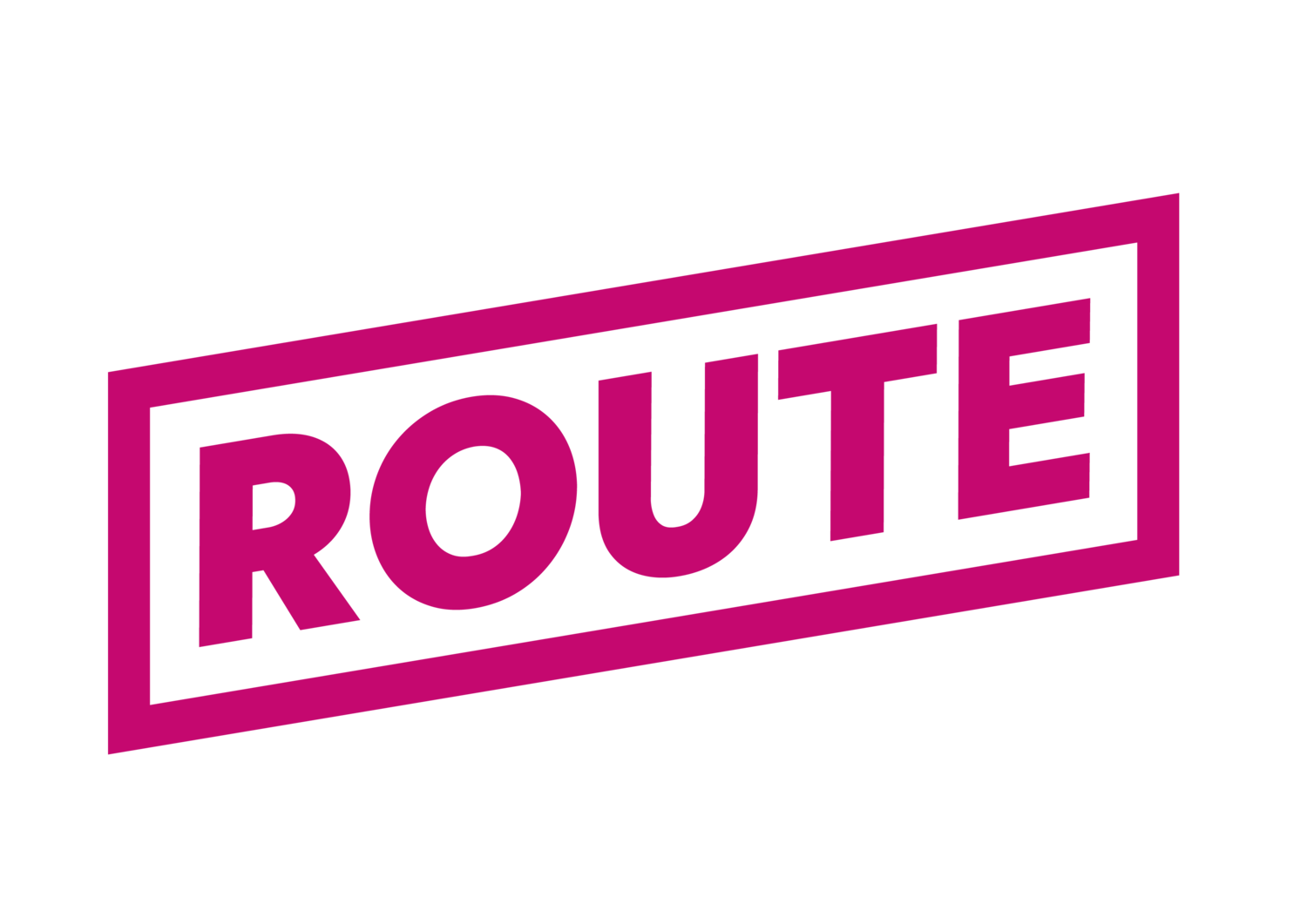Applying MRC thresholds? DOOH me a favour.
Recently, I was lucky enough to participate in an Out Of Home Measurement panel session at the EMRO (European Media Research Organisation) annual conference. The panel was chaired by Valerie Morrison from Mobimetrie in France and I was joined onstage by a stellar lineup of Arina Ureche, Markus Bickert and Patricia Schultz.
It was a fairly lively session covering many of the challenges involved with measuring out of home advertising.
In my view, the most intriguing question to the panel was around cross-media comparability and OOH… .
We were asked…
Video and cross-media measurement are a hot topic. The MRC has published guidelines on how to count video impressions (50% of pixels for 2 consecutive seconds for a video only campaign and 100% of pixels, 2 seconds and a weighting based on duration in the context of cross media). Ultimately advertisers dream of a cross-media measure which covers all media. Do you think it would make sense to use these standards for DOOH?
I think that the idea of a level playing field is great, but simply applying the MRC guidelines like this is really not going to work for anyone other than digital (online) entities. How does this work for audio? How does this work for print? It, doesn’t…
For Digital Out Of Home (DOOH), it also does not work. All it would do is lead to a reduction of valid audiences.
The MRC guidelines rely on the concept that Opportunity To See (OTS) is an acceptable measure of audience delivery. They are also built for a one-to one medium. Neither of these assumptions work for OOH. Our audiences are grounded in human behaviour, not ad server pings. We don’t deal in OTS, we are more accountable than that.
Instead, we first calculate a Realistic Opportunity To See (ROTS) volume and then reduce that further to those who are likely to see (LTS) the ads on the basis of the travel habits in the proximity to the ads.
In doing this, ‘viewability’ and ‘exposure time’ are already baked into the way we create our audiences.
Viewability is addressed by counting only people with a ‘realistic opportunity to see’ – those who travel within an area from where it is possible to see 100% of the ads and only those who are travelling in the direction of the ads.
Exposure time (alongside proximity, angle of approach, offset distance, illumination, movement) are all used as inputs that enable us to calculate the likelihood of people seeing the ads based on their journeys through these visibility areas.
The likelihood of seeing builds with longer exposure times, closer proximity to the ads and a more direct angle of approach to the ads. This is calculated for each person every time they pass through the visibility areas and aggregated. This gives us our ad level ‘visibility adjustment’ – applied to the ROTS figure, this factor has the effect of netting volumes down from exposure to viewing and gives us our base level ‘impact’ metric.
The reckoning is that anyone who travels in the area of the screens will have some chance of seeing the ad, even if they are only in the zone for a very short period of time. This means that anyone with an exposure of less than the 2 second MRC threshold is likely to have a fairly low chance of seeing the ad.
However, some of these people will contribute to audiences if they are positioned really close to the ad with it right in their face to the extent that they basically can not miss it, in which case, they should be included in the total audience, because (obviously!) they have a high likelihood of seeing it.
Absolutely, we want cross media measurement, but we should be aiming for it to be done in the right way, not in the most convenient way. OOH currently leads the charge on this front. We demand more than OTS and instead report on who see the ads. To me this then begs the question, instead of applying blanket arbitrary thresholds a la Media Ratings Council, could a more scientific (and comparable) means of equalising things not be applied to other media?
Lumen has adopted Route’s approach and (and of course we heartily approve) already begun doing this. They have looked online at desktop and mobile ads, looked at ads in news brand and magazine environments online and are now currently applying this to TV ads with their TVision panel.
Audio and cinema remain a challenge, but I’m sure with some financial investment and the will of advertisers, this too could be cracked. Perhaps it’s time for us to reject the convenient and instead insist on a more comprehensive comparable measure for our advertisers.

